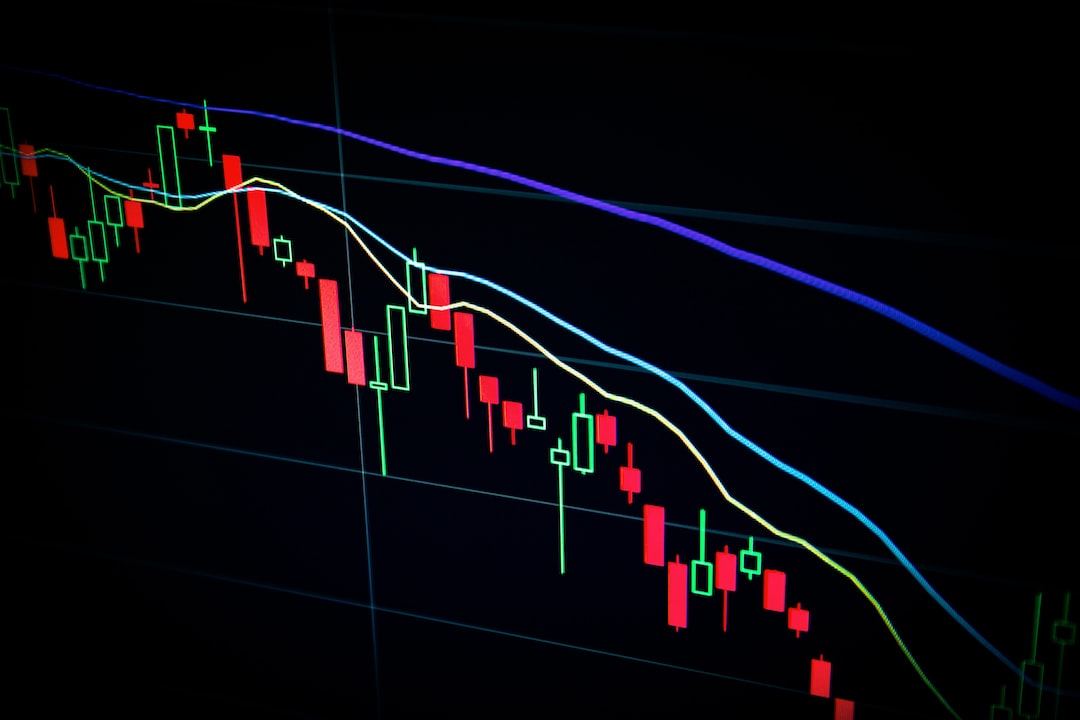Ripple CTO Explains XRPL Automated Market Maker (AMM) Feature
David “JoelKatz” Schwartz, the Chief Technology Officer (CEO) of Ripple Labs, took to social media to provide a clear explanation of how the impending XRPL Automated Market Maker (AMM) feature works. This came in response to a post by Panos Mekras, the co-founder of Anodos Finance, regarding the AMM functionality.
Mekras initially used an analogy to describe the XRPL AMM, comparing it to a self-running market stall where prices are determined by demand and supply rather than one person’s influence. Schwartz weighed in on the subject to address concerns about potential losses through the AMM. He emphasized that as long as the AMM is bug-free and there are no broken invariants, a secure investment is guaranteed.
Liquidity Tokens and Calculating Value
Schwartz further explained that users receive liquidity tokens specific to the pools they donate to when they provide liquidity to an AMM. He also discussed a unique technique for measuring the value of these tokens, which involves calculating the square root of the product of asset amounts received upon token redemption divided by the total number of liquidity tokens owned.
The main goal of the AMM initiative, according to Schwartz, is to increase the calculated value over time regardless of changes in the underlying asset’s price. This strategy aims to convert volatility into a steady rise in the token’s actual worth.
Warning About Loss of Real Value
Despite its benefits, Schwartz warned that while the AMM reduces losses in certain situations, it does not prevent a decrease in an asset’s value. He provided an example to emphasize this point and further explained both the advantages and disadvantages of the system.
Hot Take: David Schwartz Explains XRPL AMM and its Unique Strategy
In a recent Twitter thread, David Schwartz, the CTO of Ripple Labs, clarified the functionality of the XRPL Automated Market Maker (AMM) feature. He addressed concerns about potential losses and highlighted the unique strategy behind the AMM initiative. By automatically adjusting prices based on trading activity, the AMM aims to increase the calculated value of liquidity tokens over time. While it reduces losses in certain situations, it does not prevent a decrease in an asset’s value. Despite this limitation, the AMM offers benefits such as converting volatility into yield and enabling spread trades. Overall, Schwartz’s explanation provides valuable insights into the XRPL AMM’s workings and its potential impact on the XRP community.





 By
By

 By
By
 By
By

 By
By